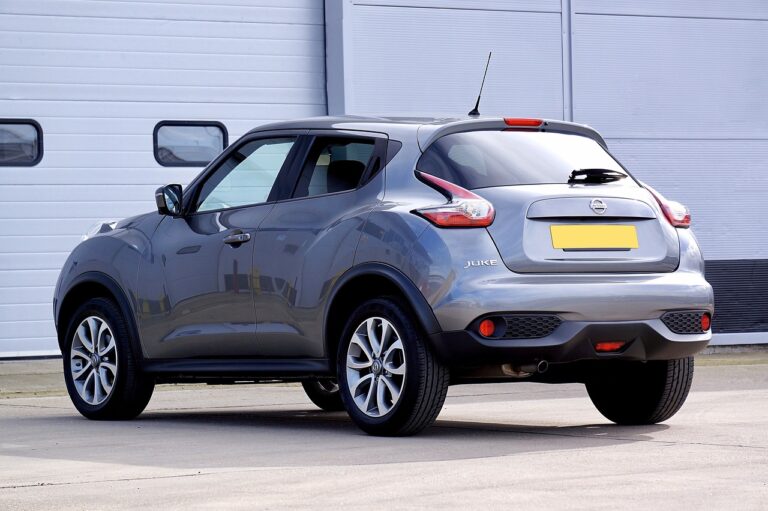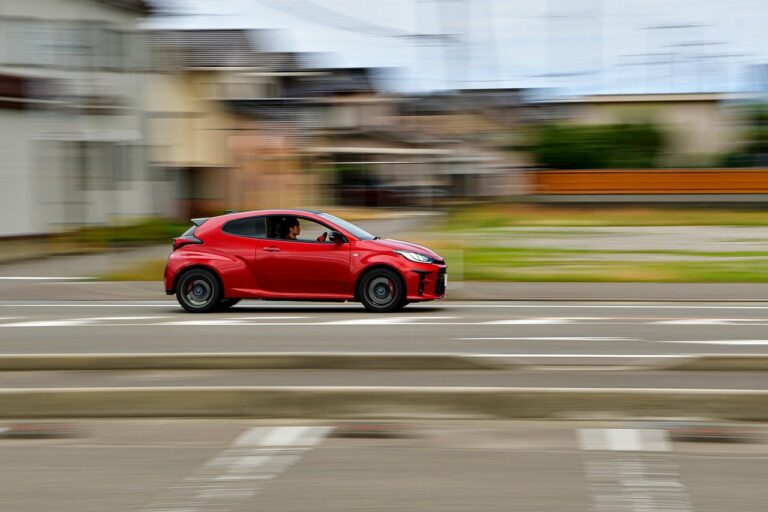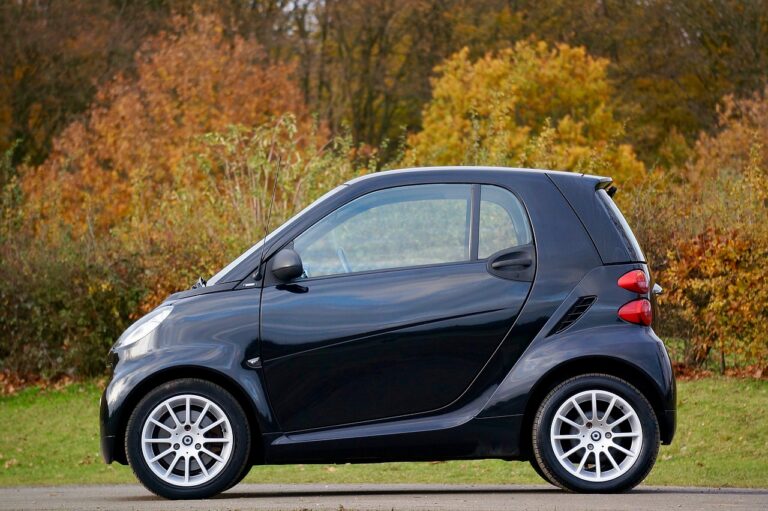Addressing Traffic Congestion through Smart Urban Planning
Urban development plays a crucial role in shaping the traffic congestion levels within cities. As cities expand and populations grow, the demand for infrastructure and transportation systems increases, leading to potential congestion hotspots. The design and layout of urban areas greatly influence how traffic flows and the efficiency of transportation networks.
High-density developments, such as commercial centers or residential areas, can strain existing road networks and public transportation systems. The proximity of different land uses, such as residential areas close to business districts, can result in an influx of vehicles during peak hours, contributing to traffic congestion. Additionally, inadequate parking facilities and lack of alternative transportation options further exacerbate the challenges of managing traffic flow in urban settings.
Implementing Sustainable Transportation Options
Sustainable transportation options play a critical role in reducing the environmental impact of urban development. By promoting the use of public transportation, cycling, and walking, cities can alleviate traffic congestion and improve air quality. Encouraging the adoption of electric vehicles and carpooling further contributes to a more sustainable transportation system.
Investing in infrastructure that supports alternative modes of transportation, such as bike lanes and pedestrian-friendly paths, is essential in promoting sustainable mobility. Additionally, offering incentives for individuals to choose eco-friendly commuting options can lead to a significant reduction in carbon emissions and ultimately create a more livable urban environment.
Utilizing Technology for Traffic Management
In today’s modern world, technology plays a crucial role in managing the increasing challenges of traffic congestion. Through the utilization of advanced traffic management systems, cities are able to monitor and control traffic flow more efficiently, ultimately reducing congestion and improving the overall transportation experience for residents and commuters. By leveraging real-time data from sensors, cameras, and GPS devices, authorities can analyze traffic patterns and make informed decisions to optimize traffic flow and alleviate bottlenecks in key areas.
One of the key benefits of technology in traffic management is the ability to implement intelligent transportation systems that can automatically adjust traffic signals based on current traffic conditions. This dynamic approach to traffic control not only reduces delays and wait times at intersections but also enhances safety by decreasing the likelihood of accidents. Furthermore, by incorporating predictive modeling and algorithms, cities can forecast traffic trends and proactively adjust traffic patterns to prevent congestion before it occurs, ensuring a smoother and more efficient flow of vehicles throughout urban areas.
How does urban development affect traffic congestion?
Urban development typically leads to an increase in population and economic activity, resulting in more vehicles on the road and consequently higher levels of traffic congestion.
What are some sustainable transportation options that can help alleviate traffic congestion?
Sustainable transportation options include public transportation, biking, walking, carpooling, and electric vehicles. These options help reduce the number of single-occupancy vehicles on the road, thus easing traffic congestion.
How can technology be utilized for traffic management?
Technology can be used for traffic management through the implementation of intelligent transportation systems, traffic signal synchronization, real-time traffic monitoring, and the use of traffic data analytics to optimize traffic flow and reduce congestion.







